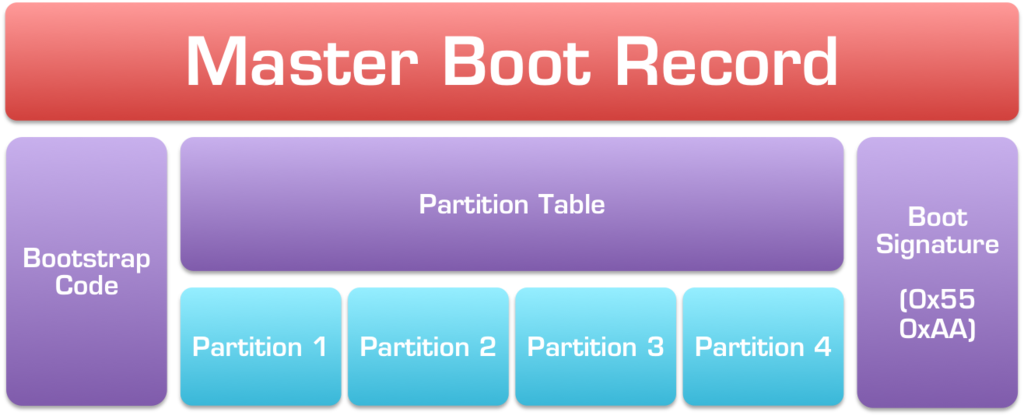
A Volume Boot Record (VBR) is a small program located in the first sector of a storage device, such as a hard drive, USB drive, or floppy disk. In other words, this sector is known as the Master Boot Record. The VBR contains important information about the storage device, including the bootloader code required to start the operating system.
A detailed explanation of how the Volume Boot Record works will be presented in this article.
The Purpose of a Volume Boot Record
The Volume Boot Record is an essential part of the boot process on any storage device. On startup, a computer searches for the VBR on the boot device. The code contained in the VBR is executed once the VBR is located and loaded into memory. This code then loads the operating system or other bootloader software required to start the computer.
The VBR is responsible for locating and loading the operating system on the boot device. It contains information about the file system used on the device and the location of the boot loader code. A computer is started using this information after the operating system has been loaded.
How Does Volume Boot Record Works
Volume Boot Records are tiny programs, usually requiring only a few hundred bytes. It is located in the first sector of a storage device and is loaded into memory by the computer’s BIOS (Basic Input/Output System) during the boot process.
The VBR contains a bootstrap loader code responsible for loading the operating system or other software required to start the computer. The computer’s BIOS executes this code after the VBR is loaded into memory.
The VBR also contains information about the file system used on the device, including the location of the boot sector for the file system. The boot sector is the first sector of the file system and contains the file system’s boot loader code.
When the VBR is executed, it loads the boot sector of the file system into memory and executes its code. This code then loads the operating system or other bootloader software required to start the computer.
The Structure of a Volume Boot Record
The Volume Boot Record has a specific structure that contains important information about the storage device. The structure of the VBR is as follows:
Jump Instruction: The first three bytes of the VBR contain a jump instruction that allows the computer to jump to the start of the bootstrap loader code.
OEM ID: The next eight bytes of the VBR contain an OEM ID that identifies the manufacturer of the storage device.
Bytes Per Sector: The next two bytes of the VBR contain the number of bytes per sector on the storage device. Storage devices vary in size, but typically they are 512 bytes.
Sectors Per Cluster: The next byte of the VBR contains the number of sectors per cluster on the storage device. This value determines the size of the file system’s clusters.
Reserved Sectors: The next two bytes of the VBR contain the number of sectors reserved for the VBR and other boot codes. Depending on the storage device, this value is typically 1.
In the VBR, the next byte indicates how many File Allocation Tables (FATs) are present on the storage device. FATs use to track the file location on the file system.
Root Directory Entries: The next two bytes of the VBR contain the number of entries in the file system’s root directory. The root directory is the top-level directory on the file system.
Total Sectors: The next four bytes of the VBR contain the total number of sectors on the storage device.